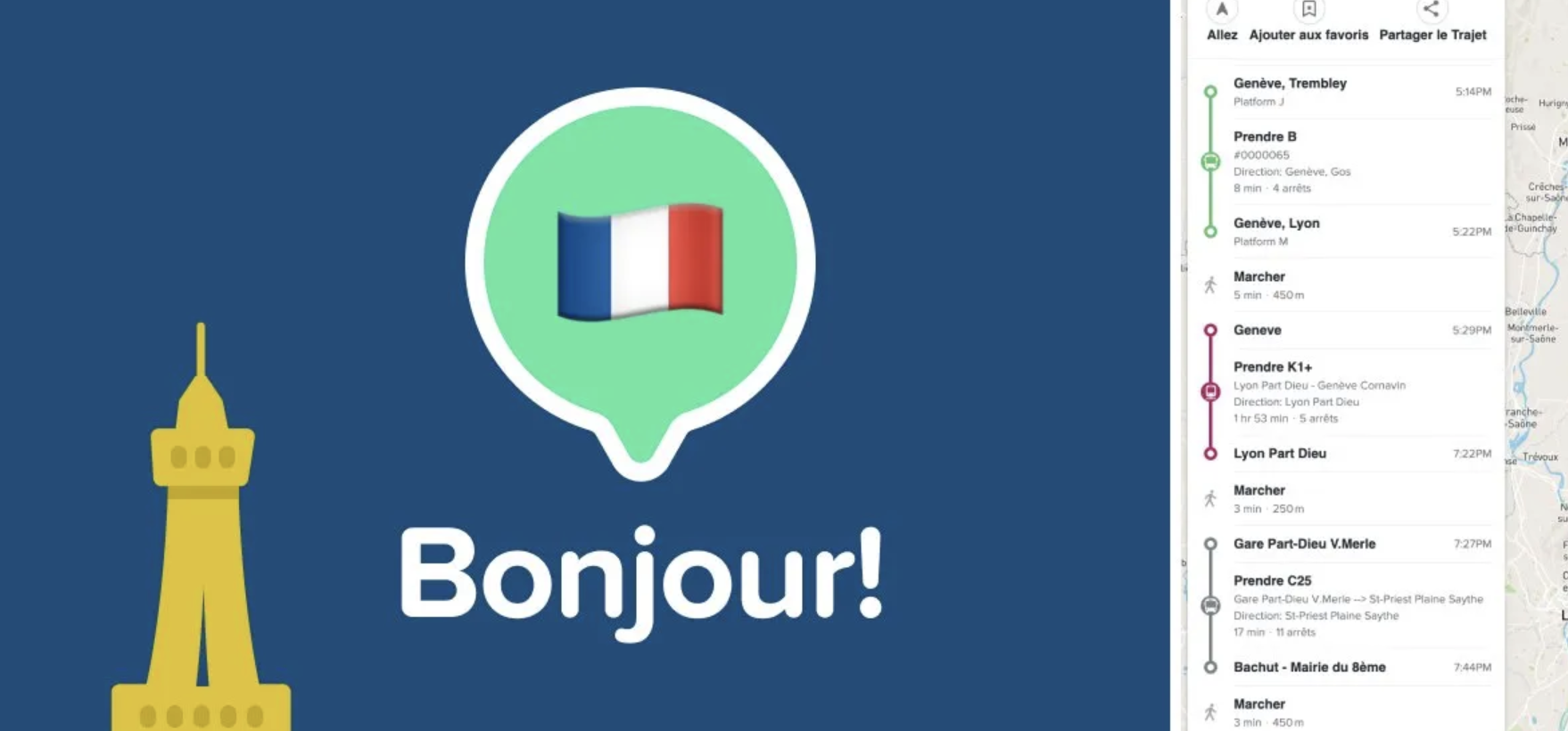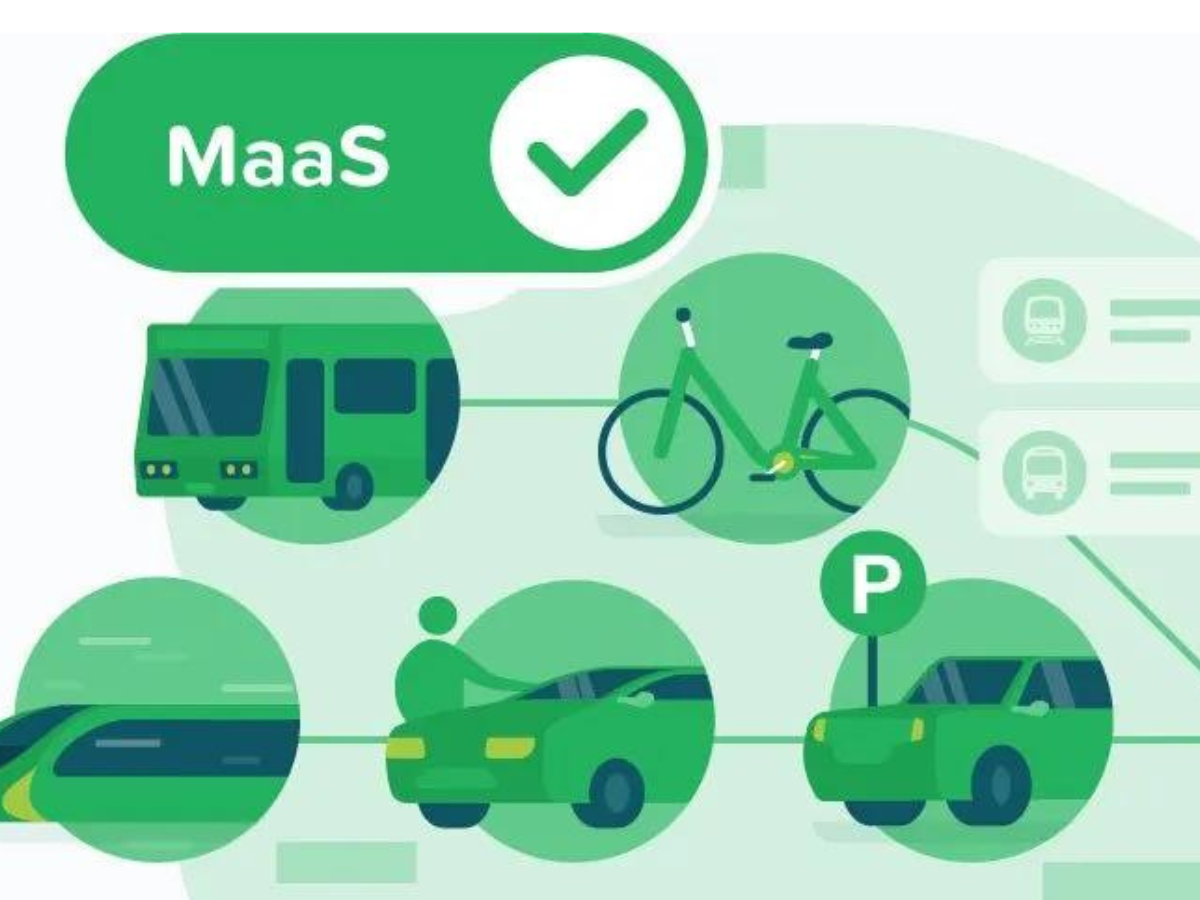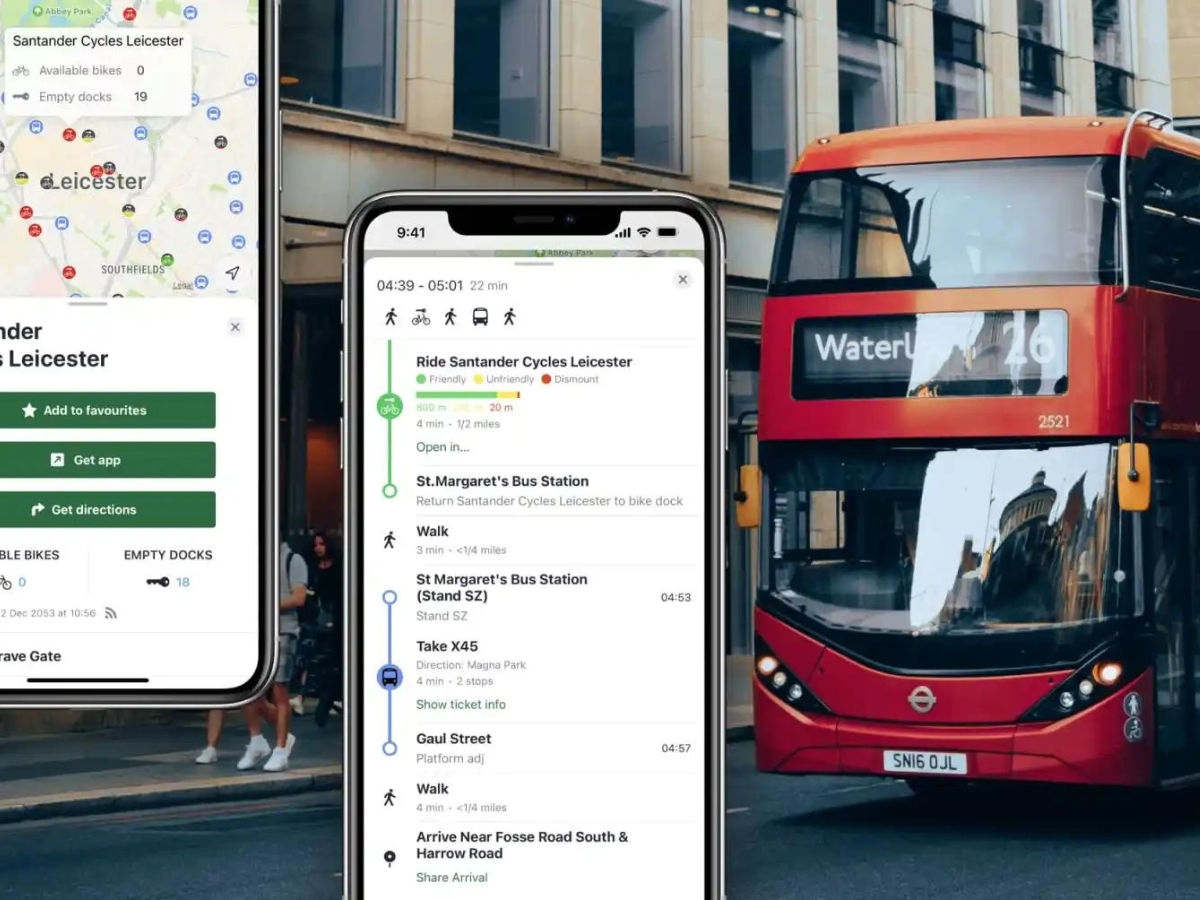The concept of ‘healthy cities’ has been around for quite some time.
In fact, the World Health Organisation (WHO) set out to put health at the top of urban agendas some 30 years ago with the WHO European Healthy Cities Network. This initiative comes with good reason, as public policy has a major impact on the wellbeing of communities alongside social, economic and other factors. It comes as no surprise that transport plays an important role too, given it’s one of the major emitters of carbon emissions.

This leads to the question: as stations are often at the heart of urban areas, could they act as vibrant hubs and support this notion of ‘healthy cities’? A report by UITP and Kone (How to Make Stations Lively Hubs for Citizens and Public Transport Users: Trends) believes this to be the case, stating they will ‘contribute to making public transport the only solution for ‘healthy cities’. It sees stations as multimodal hubs that provide not only public transport but other important services and even social activities too.
Expanding the Role of Stations

While many city stations already connect train, bus and taxi services, the ‘healthy cities’ concept takes this even further. By connecting public-private transport networks across a range of services, stations can help to reduce reliance on single-occupancy private vehicles. This means integrating multiple types of mobility beyond the conventional options to include car-sharing, ride-hailing, new emerging modes and active travel. The benefits of urban mobility hubs in general can be seen in several cities, highlighting their overall potential.
Stations can also support the wellbeing of the communities that use them (and even those who haven’t yet) in many other ways by providing other amenities and services. These could include food outlets, shops, restaurants and green spaces that people can access without a car. These spaces can also become meeting places and contribute to the vibrancy and diversity of local communities and their individual physical, mental and social wellbeing.
Changing Passenger Dynamics
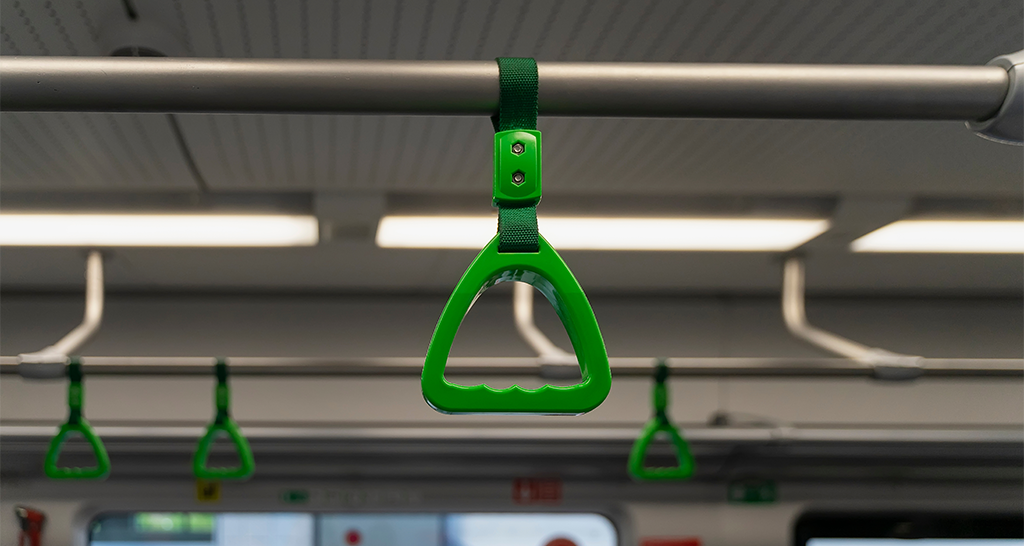
How station hubs take shape will ultimately depend on the needs of cities and their communities. Passenger behaviour and demographics are changing worldwide. The UITP and Kone report notes the rise of the Silver Economy, Generation Z and the fact more people are working remotely. With this leading to differing travel patterns, could there be more calls for off-peak travel? Maybe even remote working hubs?
Alongside these factors, ageing stations may need to be renovated and retrofitted, and services trialled to make sure they’re financially viable and fit community needs. For this reason, it’s essential for transport authorities, urban planners, special interest groups and the wider community to work in close collaboration. Together, they need to ensure that station hubs deliver on their promises both now and in the future.
Reducing Emissions and Congestion
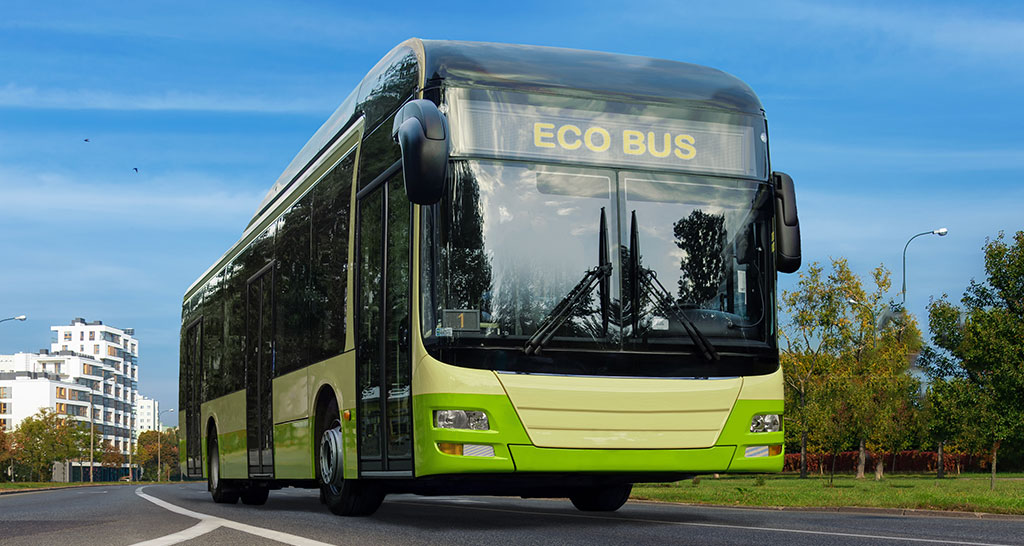
As champions of ‘healthy cities’, station hubs have the potential to help reduce carbon emissions and congestion on roads. Access to a range of mobility options – with the ability to quickly and easily switch between modes – offer people convenient and efficient alternatives to private car use. This in turn alleviates the stress of daily traffic jams. Electric buses, bike-sharing, e-scooters, dedicated paths and cycle lanes are just some of the lower-carbon options to support citizen health.
One of the many premises of Mobility-as-a-Service (MaaS) is to help travellers understand the carbon footprint of their transport choices. This raises awareness and can encourage them to opt for more sustainable modes, particularly with the help of incentives or rewards. These could range from reduced fares for future trips to money off cycling accessories, healthy food outlets and more. They could even be personalised to the individual depending on where they are at any given time.
Station hubs have the potential to transform cities if initiatives are thoughtfully implemented to take account of local traffic patterns and public transit needs. With proper planning and execution, stations can take advantage of the many transport modes and technologies available and play a key part in reducing air pollution in cities. After all, the report What Creates Healthy Cities by the Healthy Cities Commission highlights that 40,000 UK deaths are due to air pollution each year. No doubt the results are similar elsewhere and clearly, there’s a real need for change.
Encouraging Active Lifestyles
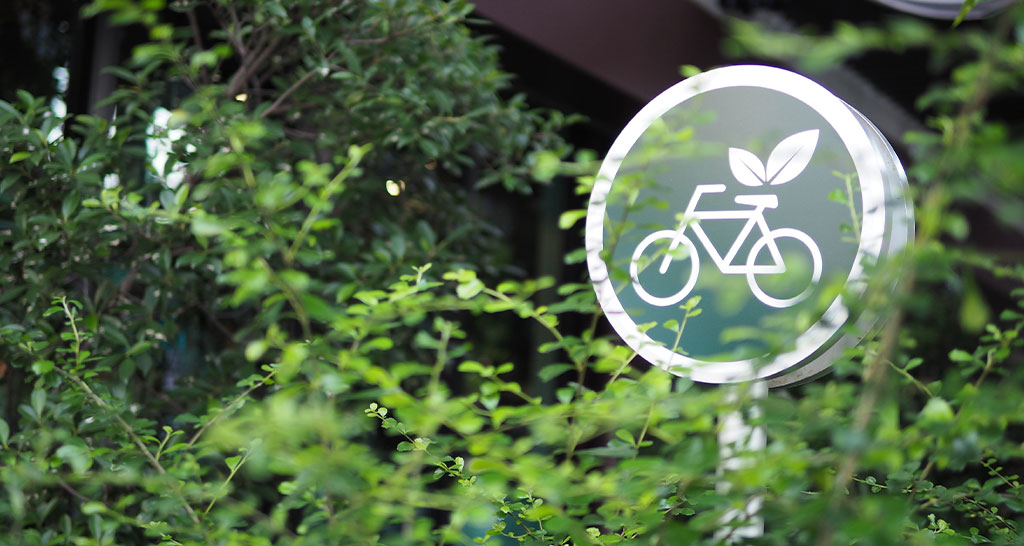
When designing station hubs, there’s an opportunity to create spaces that actively encourage walking and cycling, building on the popularity of these modes during COVID-19. This requires an aesthetically pleasing environment that’s inviting and comfortable to use. Features such as wide paths, cycle networks, bike racks, lights, seating, water fountains and vegetation help to connect people with nature and provide much-needed green spaces.
Signs providing directions and distances make it easier for pedestrians and cyclists to move around, while well-maintained infrastructure that prioritises safety and accessibility can ensure inclusivity. Bicycle-friendly trains, bike/e-scooter rentals and smartphone apps that support every aspect of mobility (including details of calories burnt) can further ease the friction of active travel.
The Walking Action Plan report by Transport for London found that if all Londoners walked for 20 minutes a day, it could save the NHS £1.6bn in treatment costs and prevent 20-30% of depression cases. This example highlights just some of the benefits that can be gained in addition to individual wellbeing.
Digitising Stations

Technology provides an opportunity for stations to become more efficient and connected. Digitising services from travel planning to ticket booking and payments could reduce the costs associated with on-site staff, freeing them up to provide more human-centred assistance. This could include providing support to people with mobility limitations or who don’t have access to a smartphone device to use some of the services. It can also be an opportunity to focus more on the quality of the customer experience and ensure that stations and services are maintained to a high standard.
With public transport as its backbone, MaaS is well-positioned to support stations. MaaS solutions can be used to conveniently plan, book and pay for journeys and streamline access to mixed/multi-modal transport. This includes active travel, as well as accessibility features, incentives and rewards for using sustainable transport. These are just a few examples of how MaaS can benefit residents, commuters and visitors, helping them coordinate trips with colleagues, family and friends.
Prioritising Wellbeing

Station hubs can be a powerful tool when it comes to ‘healthy cities’. They provide a central location for transportation, amenities, services and public spaces while also facilitating connections between different parts of the city and beyond. Access to high-quality public transportation can reduce reliance on cars and encourage active travel, leading to improved air quality, fewer traffic deaths and injuries and better physical health.
Additionally, stations can provide convenient access to essential services like grocery stores, medical centres and schools and serve as hubs for social and cultural events, fostering increased community engagement and a greater sense of connection. Through the implementation of station hubs, cities around the world have the opportunity to create more vibrant, sustainable urban environments that benefit residents, commuters and visitors alike.
This article was originally published by SkedGo.




